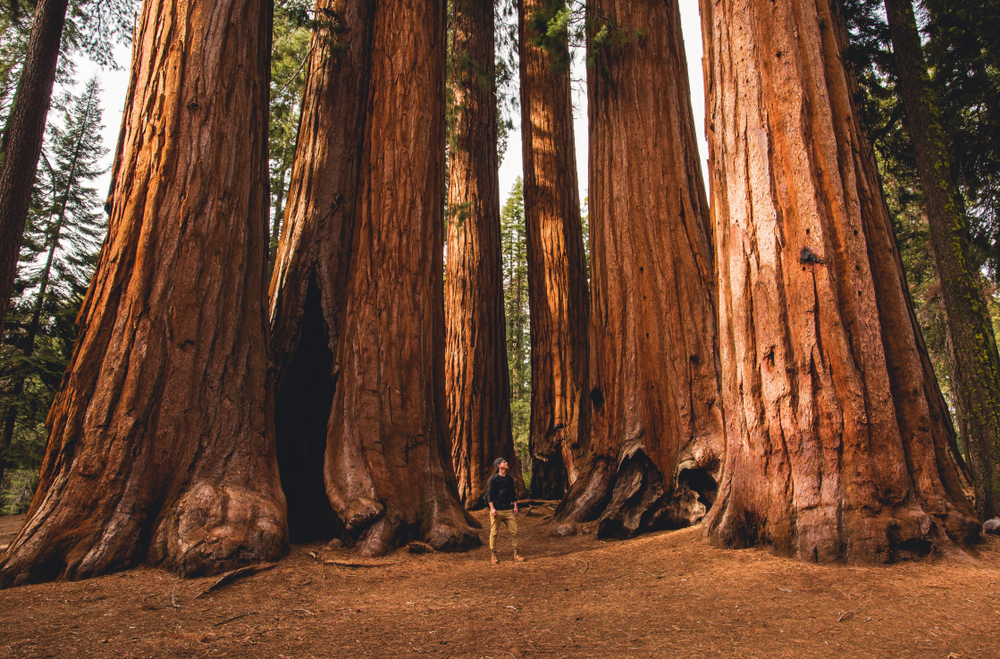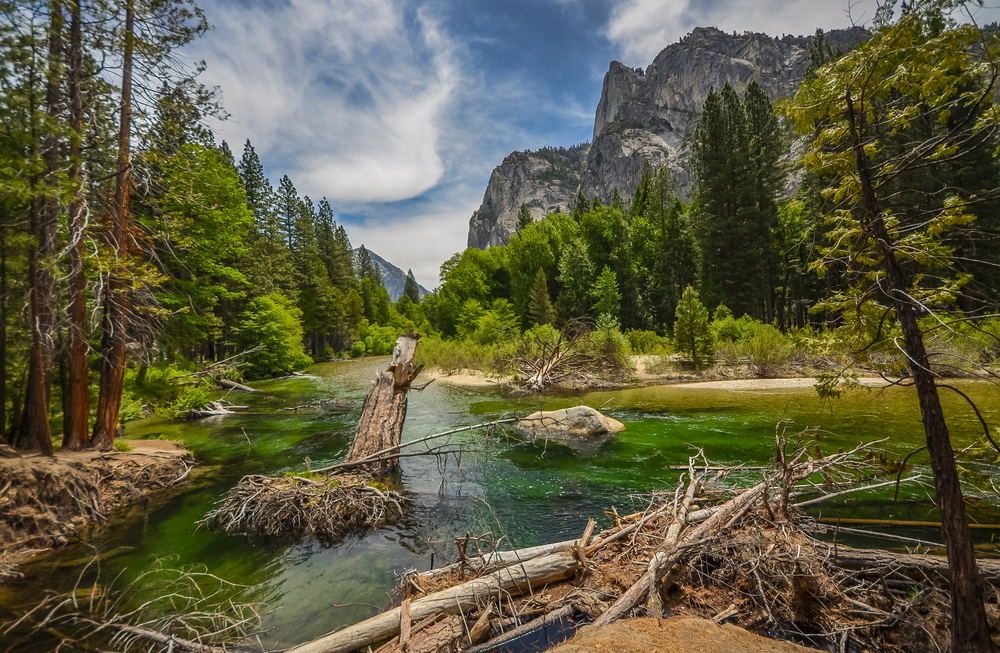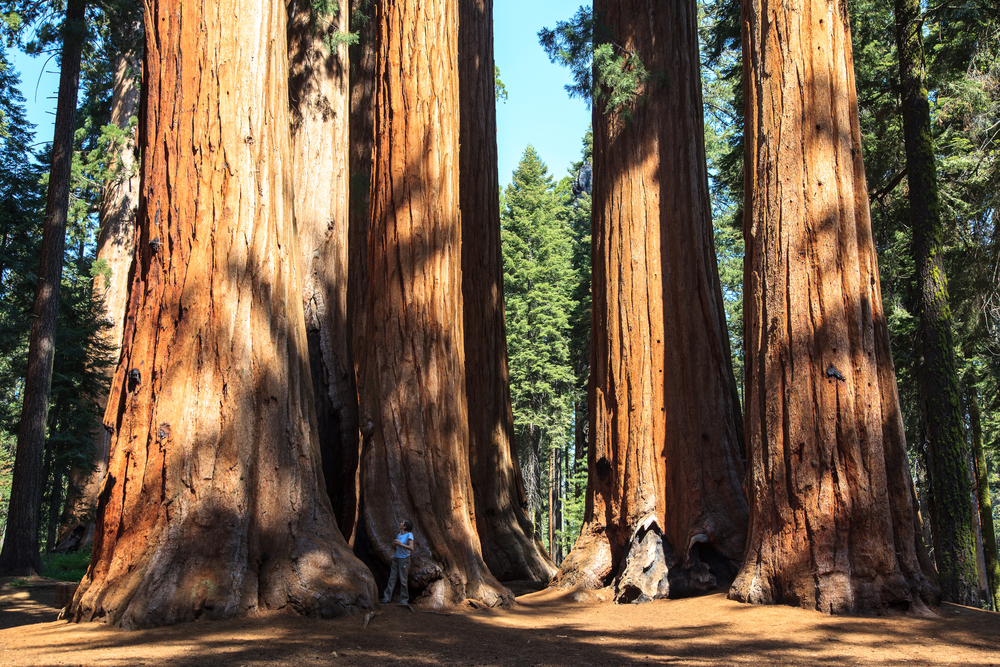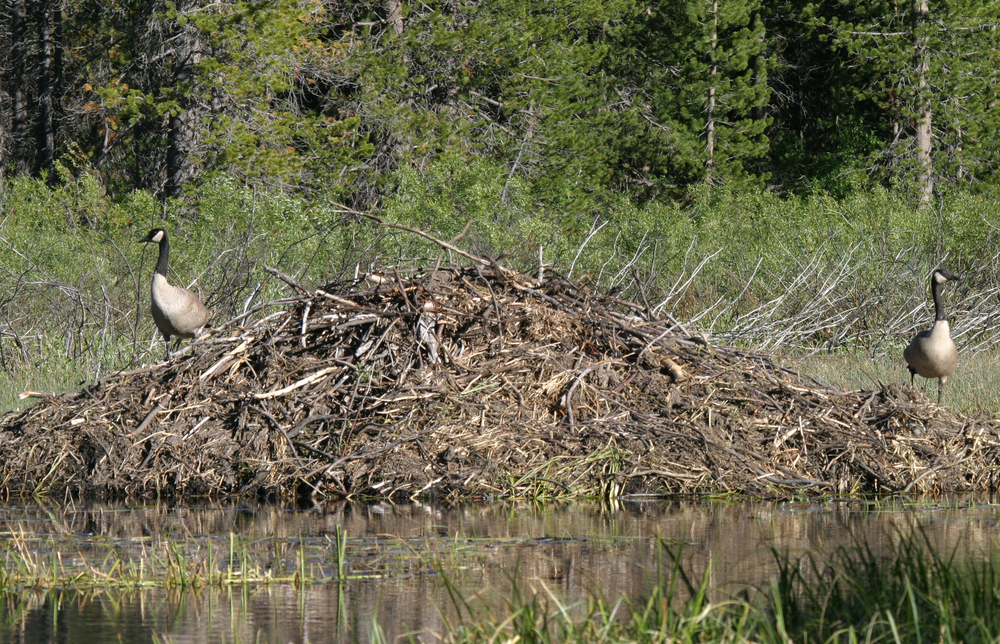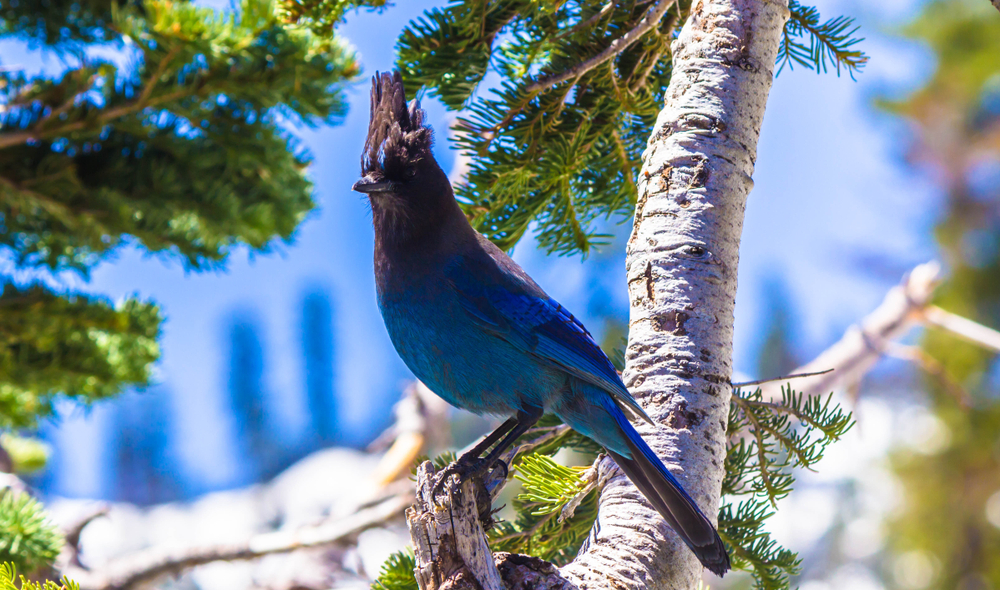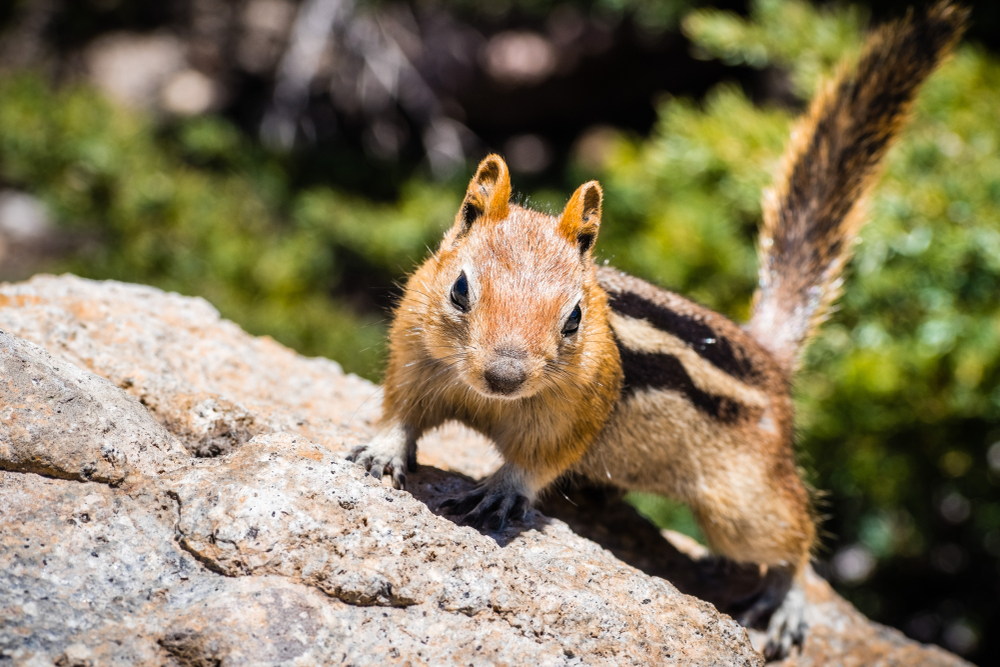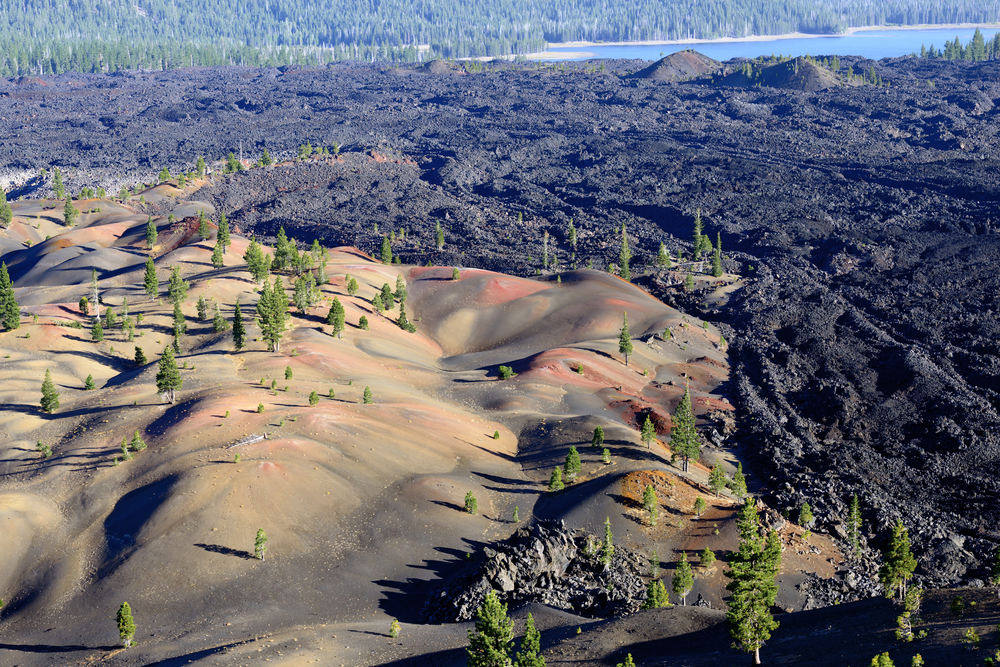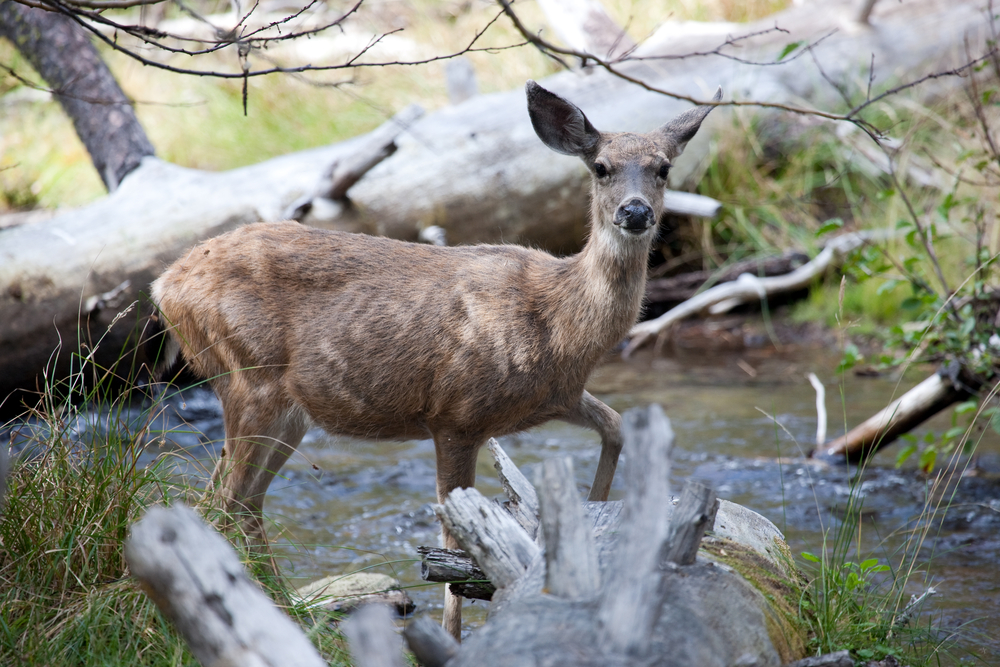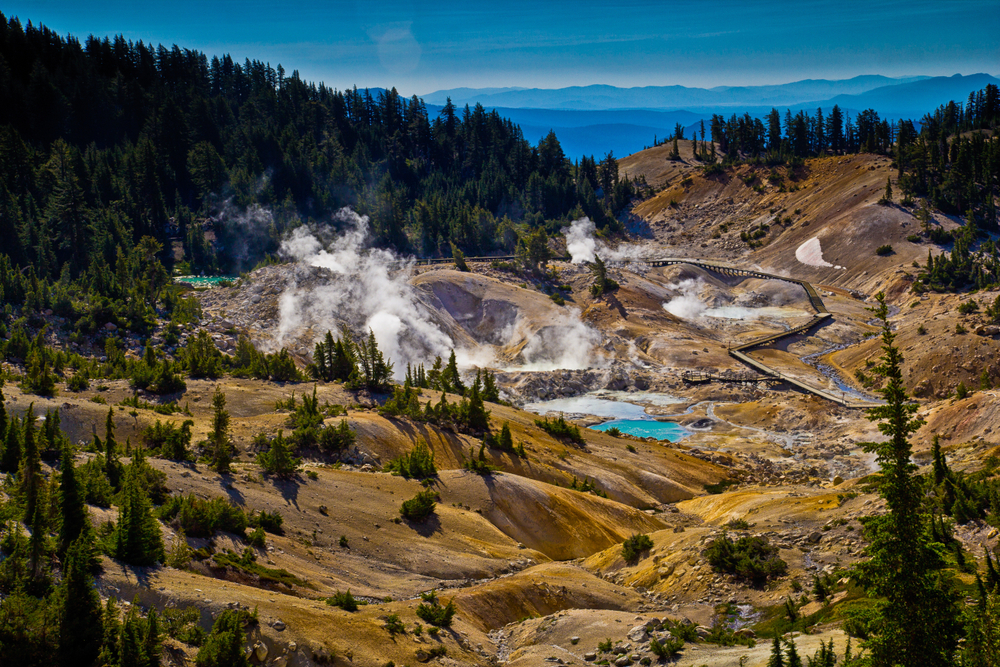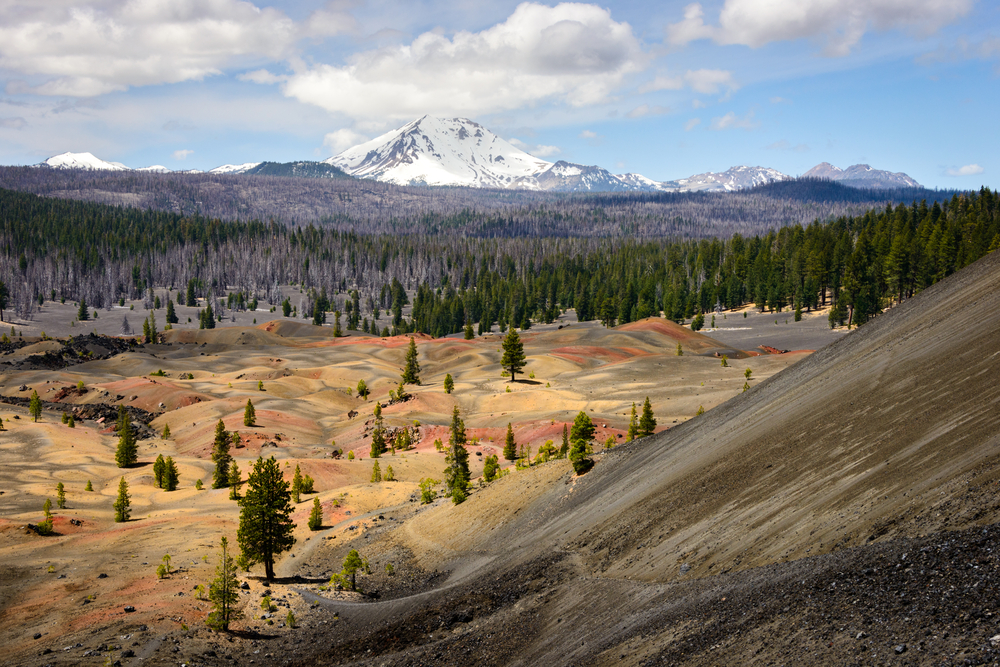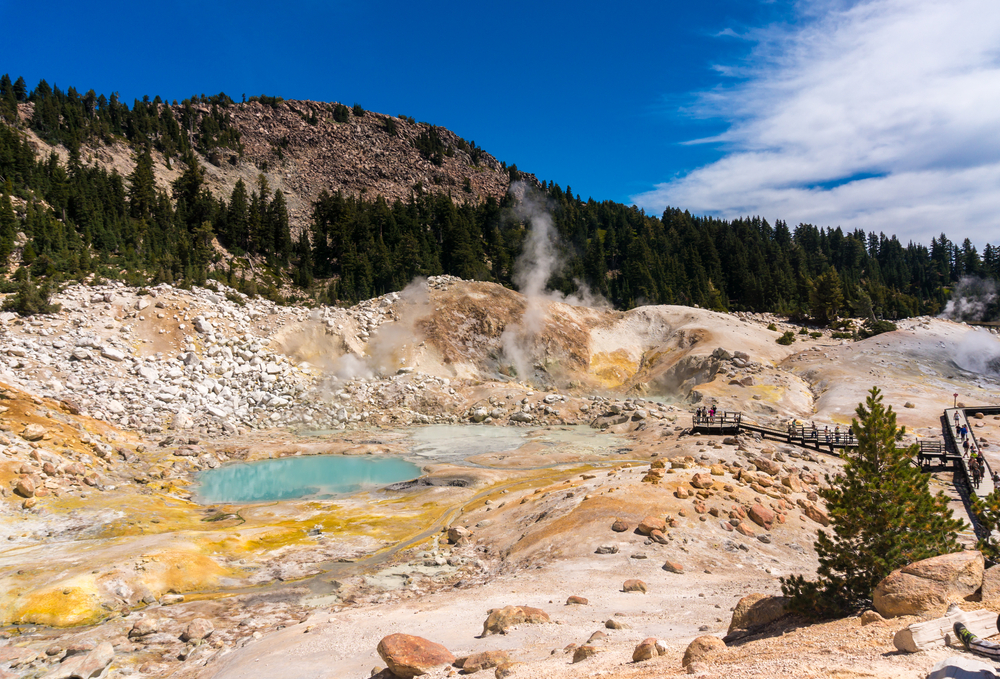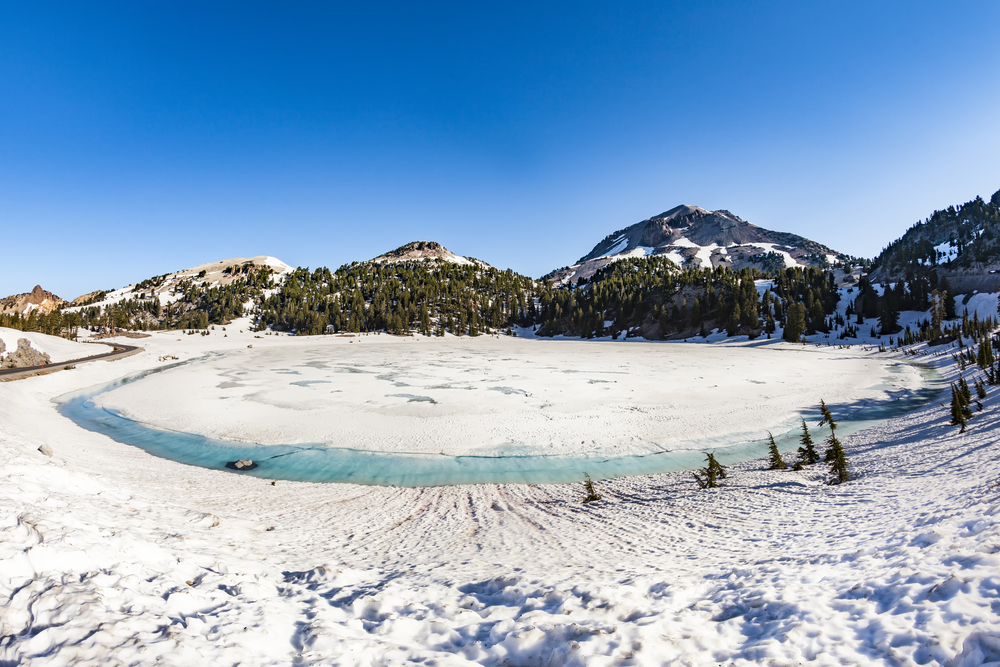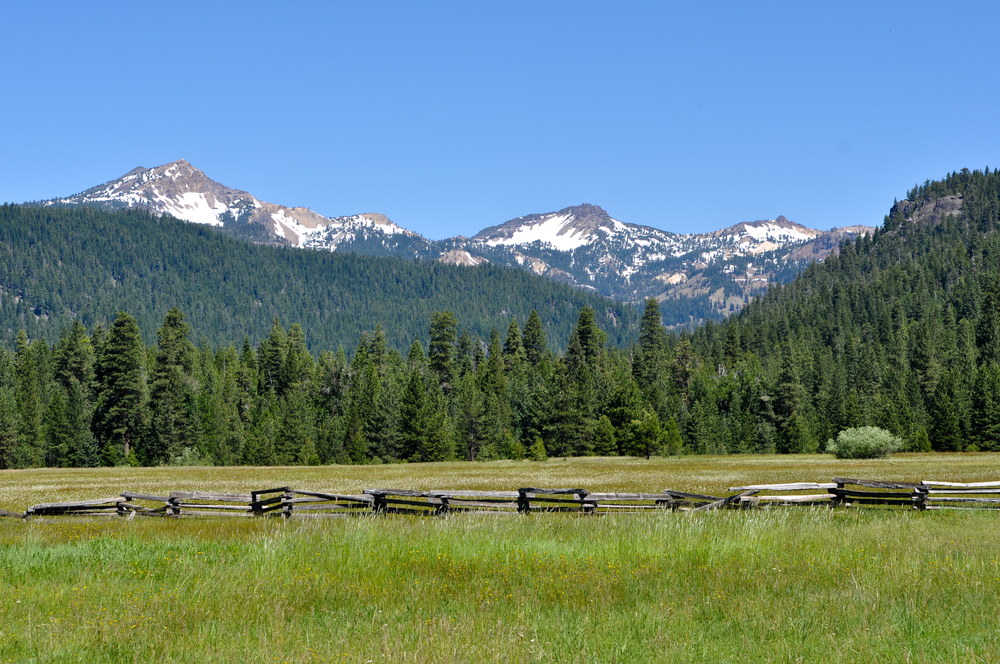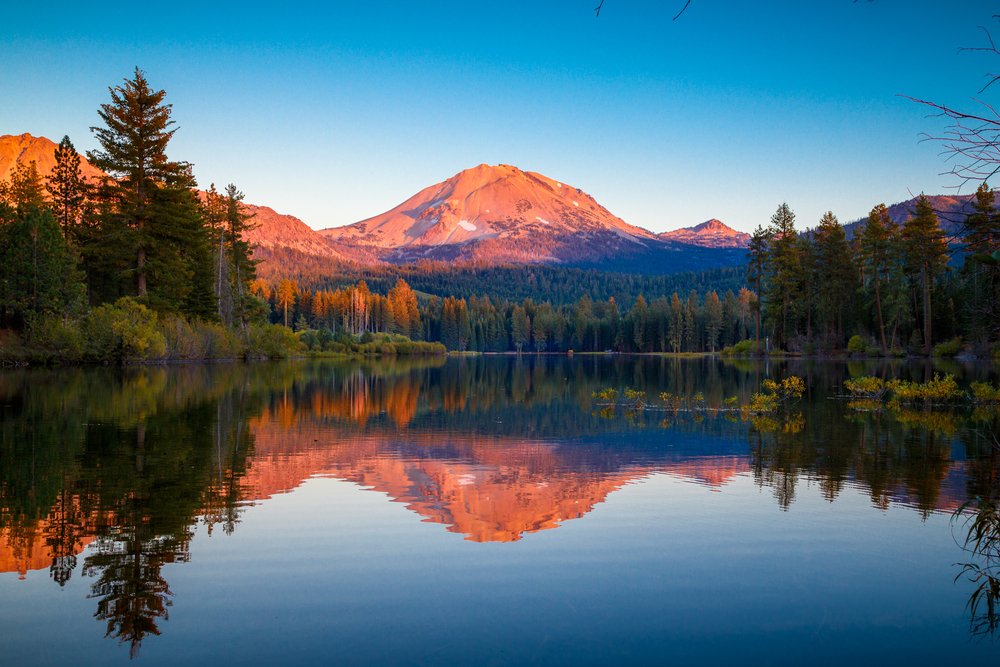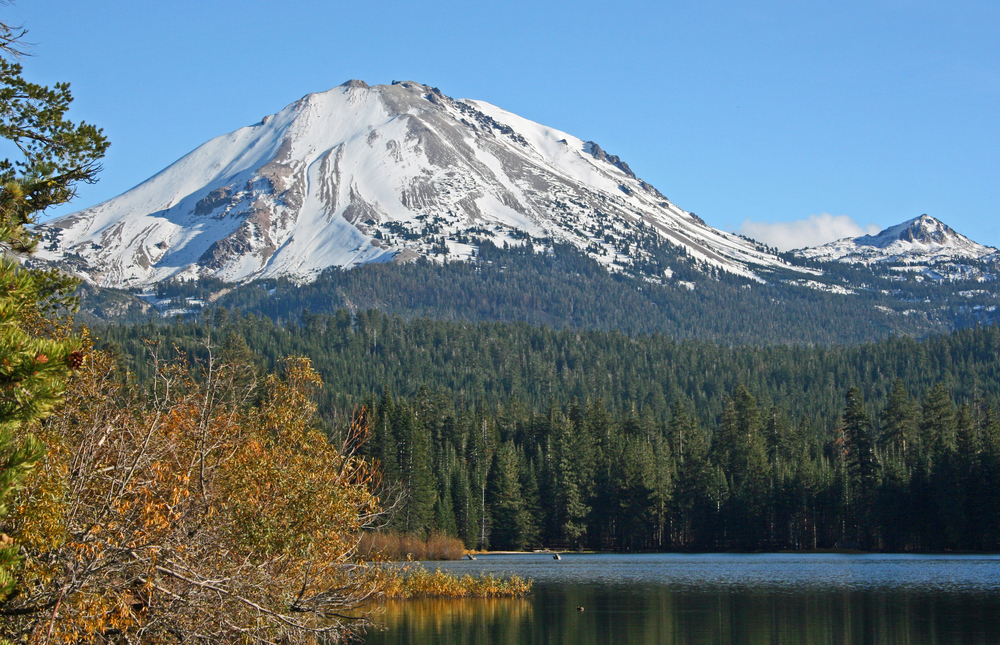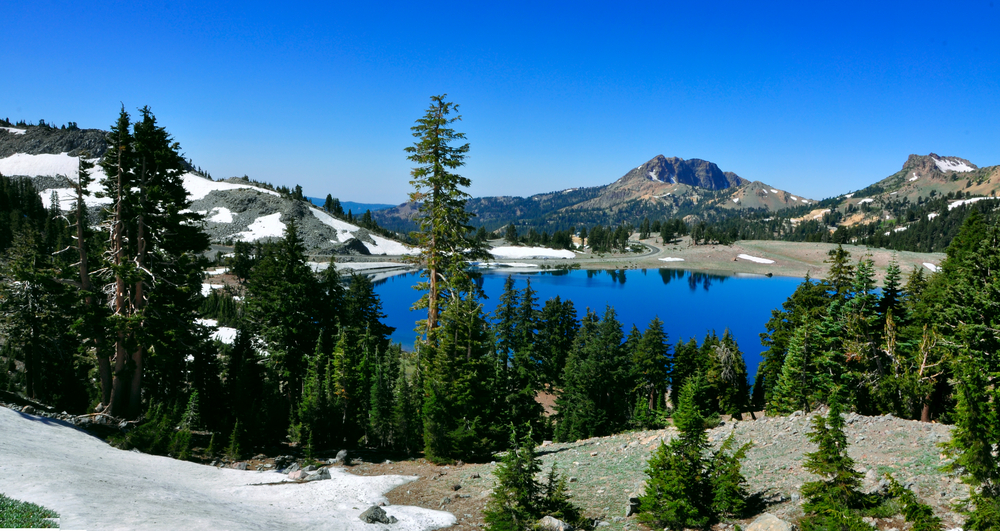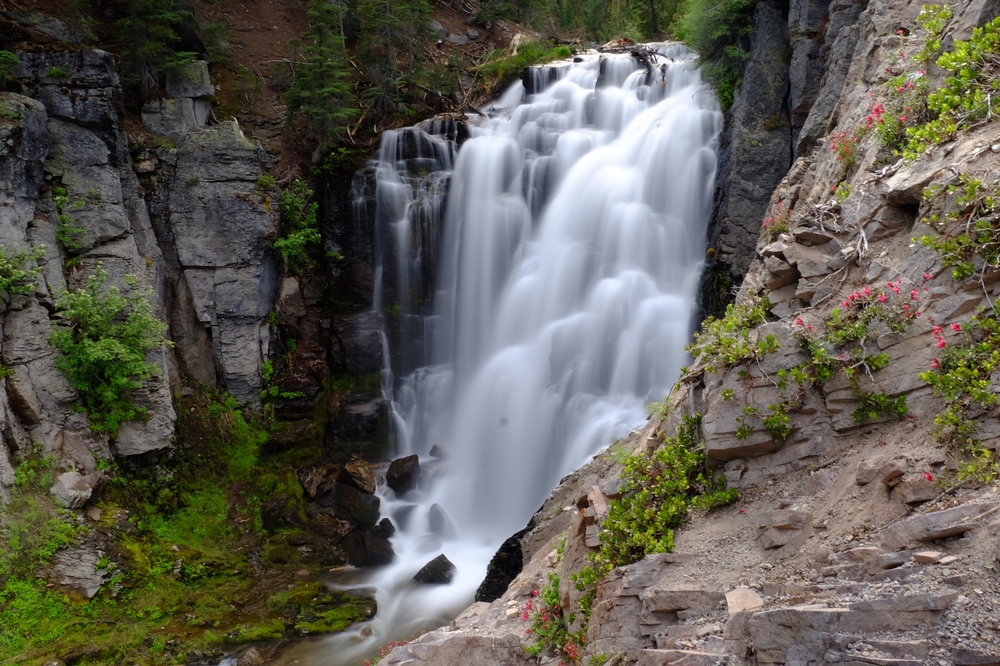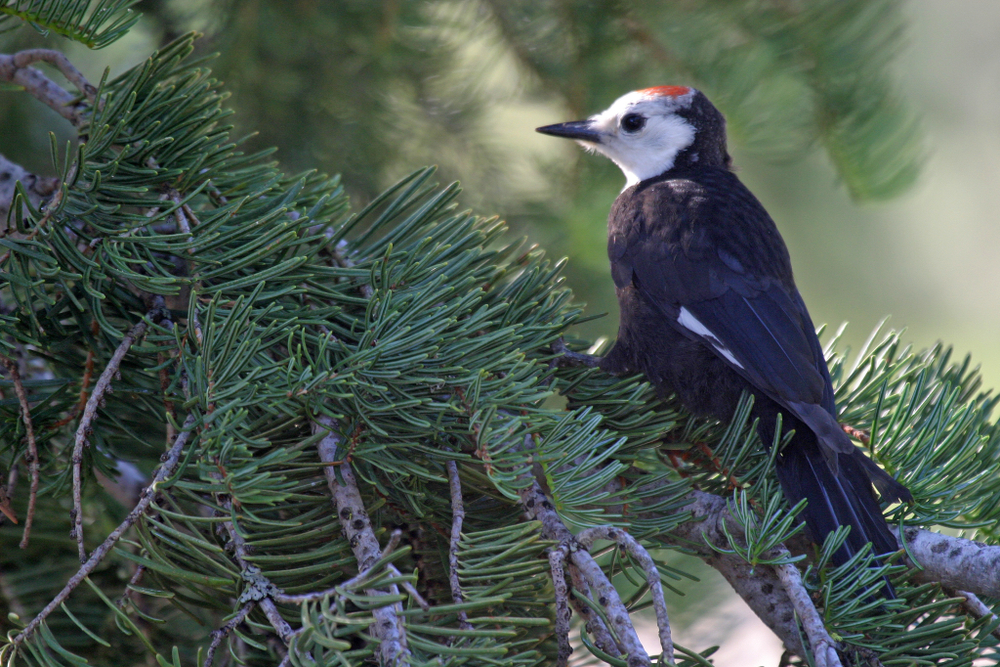Popular
Lassen Volcanic National Park, a landscape sculpted by volcanic activity, is a haven for diverse wildlife species, each adapted to thrive in the park’s unique ecosystems, from its steaming fumaroles to its lush forests and clear mountain lakes, offering visitors a chance to witness the resilience of nature amidst a backdrop of dramatic geological features.
Black Bear Common throughout the park, Black Bears are often observed foraging for berries and insects, reminding visitors of the wildness that pervades Lassen Volcanic.
Mule Deer Graceful Mule Deer roam the meadows and forests, easily recognizable by their large ears and the black tip on their tails, a serene presence in the landscape.
Mountain Lion The secretive Mountain Lion, or cougar, is a rare but awe-inspiring sight, emblematic of the untamed spirit that defines the wilderness of Lassen Volcanic.
American Pika Inhabitants of the park’s rocky alpine regions, American Pikas are small, vocal mammals known for their distinctive calls and for gathering vegetation for winter.
Red Fox The Red Fox, with its distinctive orange fur, can be seen across various habitats within the park, showcasing adaptability and cunning in the wild.
Bald Eagle Majestic Bald Eagles soar above the park’s waterways, a powerful symbol of freedom and a testament to the park’s pristine habitats and rich biodiversity.
Snowshoe Hare Adapted to snowy environments, Snowshoe Hares are notable for their white winter coats, blending into the park’s winter landscape as they forage for food.
Steller’s Jay Loud and colorful, Steller’s Jays, with their striking blue and black plumage, are a common sight, adding vibrancy and sound to the park’s forests.
Western Fence Lizard Often seen basking on rocks, the Western Fence Lizard, also known as the blue-belly, is a familiar reptilian inhabitant of Lassen Volcanic’s warmer areas.
Cascade Frog Native to the park’s aquatic habitats, Cascade Frogs are an important indicator species, reflecting the health of the park’s wetlands and streams.
Lassen Volcanic National Park’s wildlife, from the elusive Mountain Lion to the industrious American Pika, showcases the remarkable adaptability of life in a landscape defined by volcanic forces, inviting visitors to explore and appreciate the natural beauty and diversity of this unique national park.












































































